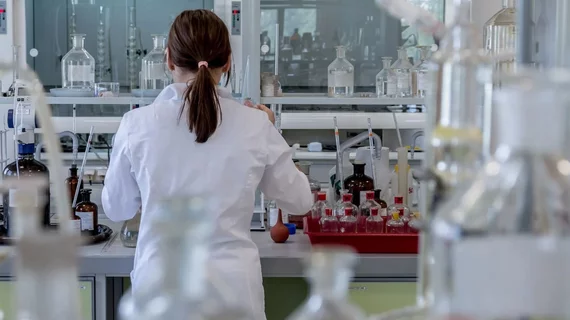Making progress: Heart tissue developed in a laboratory shows promise
Generating premature cells that support early heart development may lead to novel therapies for heart failure in the future, according to new data published in Nature Communications.
Researchers at Massachusetts General Hospital (MGH) were able to produce pre-epicardial cells, which are known to support heart development before birth, using human induced pluripotent stem cells. When the lab-generated cells were placed in contact with heart muscle cells, they developed into epicardial cells and started functioning like they would if they weren't from a lab at all.
“Our study introduces a cell type that is much closer to later stages of human cardiac development than what we have been able to generate so far,” Harald Ott, MD, a thoracic surgeon at MGH and an associate professor in surgery at Harvard Medical School in a press release.
In the past, Ott explained, scientists have always struggled with forming the structure of the heart in a laboratory setting, even as other things have grown easier over time. Could the team's research help change that?
“It has been difficult to retrace later stages of tissue development due to the many cell types involved and the complexity of the three-dimensional environment of the developing heart," he said. "Our study introduces a cell type that is much closer to later stages of human cardiac development than what we have been able to generate so far."
The authors said that creating cells that play a major role in forming the structure of the heart is essential for regenerative medicine strategies for heart disease.
“While there are many more steps still required to complete the puzzle of heart development, this work adds an important piece that will hopefully help us and others in recapitulating cardiac development to generate novel therapies for heart failure,” Ott added.
In the future, Ott thinks cell- or tissue-based therapies could provide “on-demand” treatments that will help to restore or replace lost organ function in patients with chronic organ failure. This could help boost patient care for patients with heart failure, kidney disease and other life-threatening conditions.
Read the full study here.
